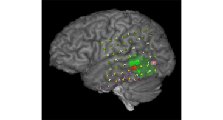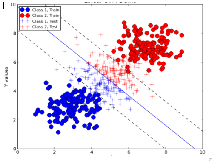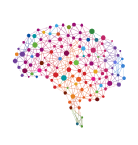Scanning
Scanning through the EEG signals is an extremely tedious process, taking hours to days for an expert doctor to evaluate and identify seizure signals. FunctionalBrain’s Big Data engine speeds this process up, and selects all signal regions which potentially contain high frequency oscillations i.e. indicators of seizure.
Classifying
The following step is classifying potential seizure signals into confirmed seizure
vs non-
Machine learning
Instead of using pre-
Human skills for optimizing
Our data scientists work together with medical experts to optimize the data transformation
and extract the most useful information (features) available from the raw signals.
Then, rigorous model selection, optimization and tuning is performed to maximize
the performance (maximize precision, minimize false positive hits, ensure model is
generalized and fit to make future predictions). Our team’s proven skill set in deploying
ML models ensures that the solution can be applied in real-
![]() FunctionalBrain
FunctionalBrain
Technology used



